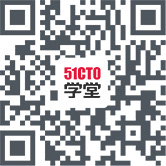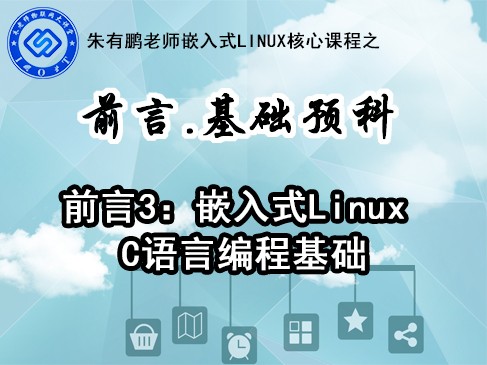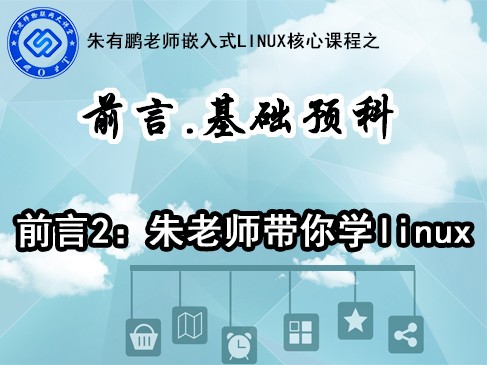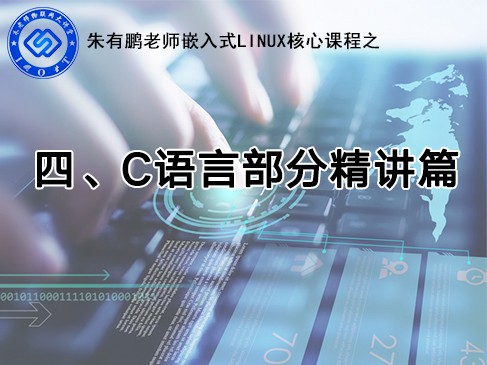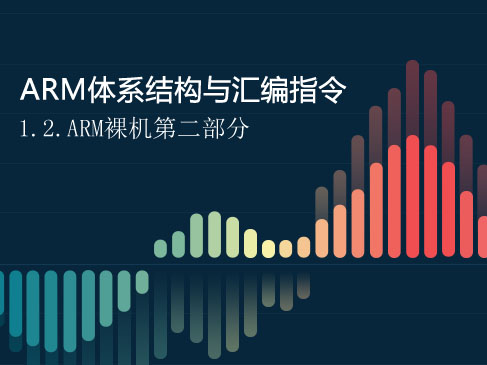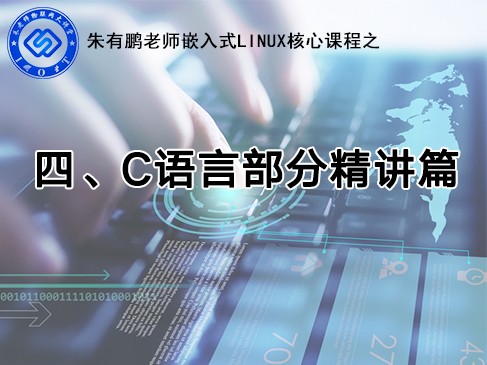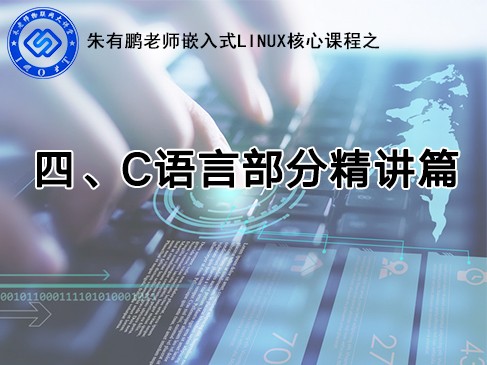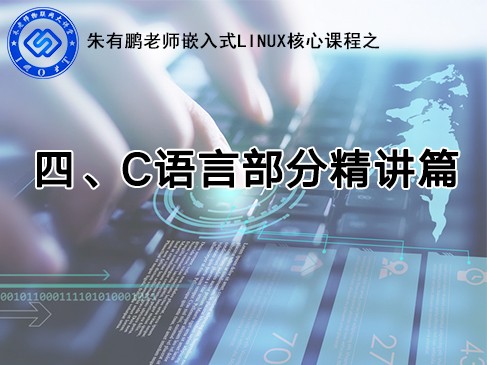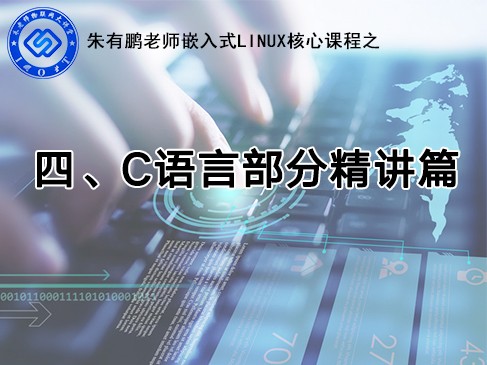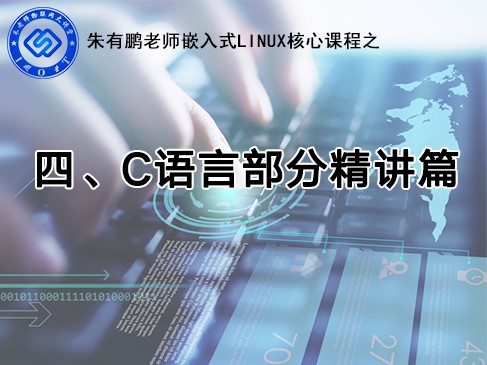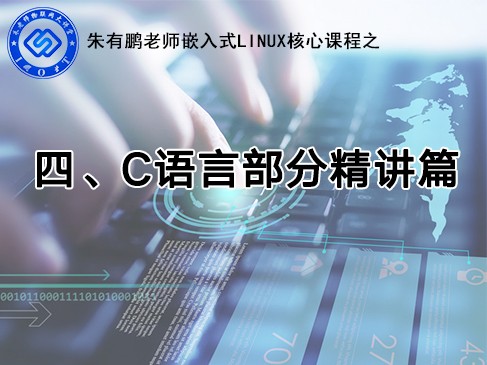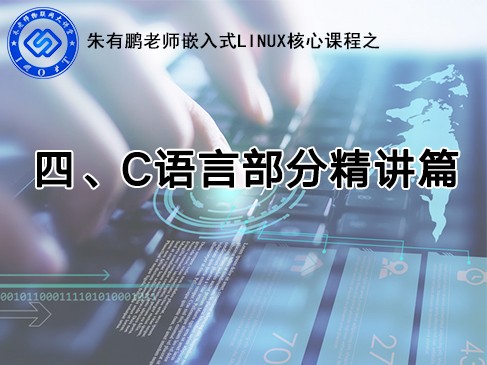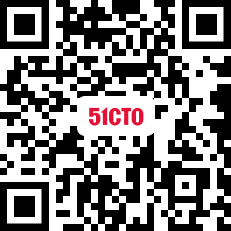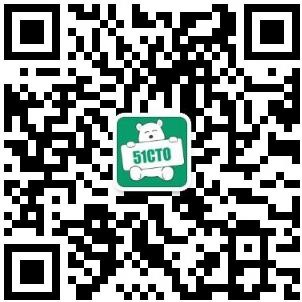-
Best selling package -
Selected Package -
Popularity package -
Exclusive package -
High salary package
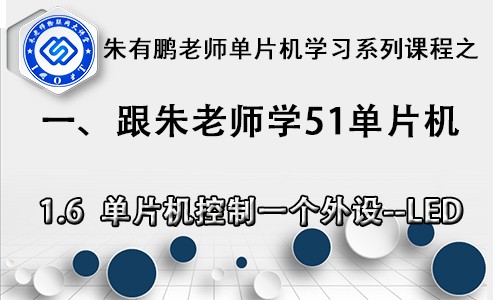
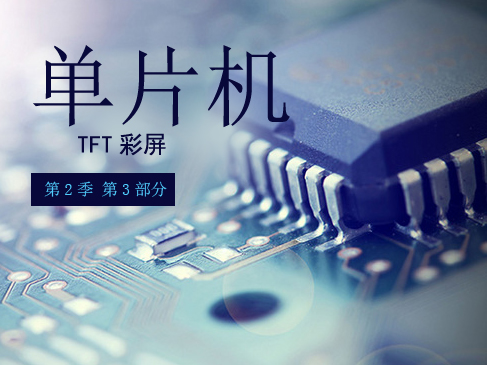
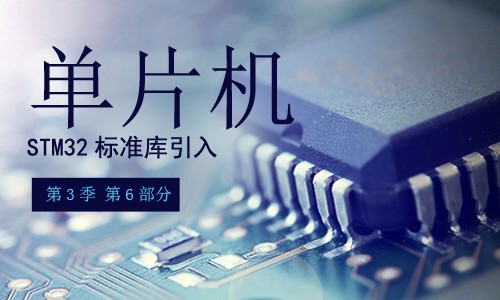
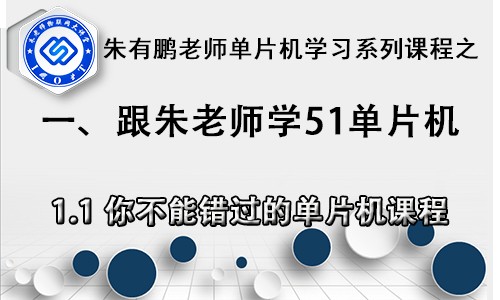
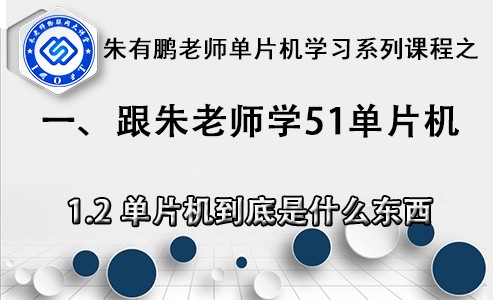
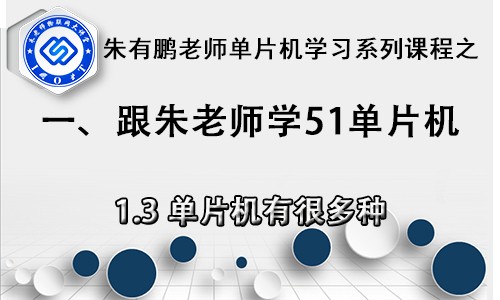
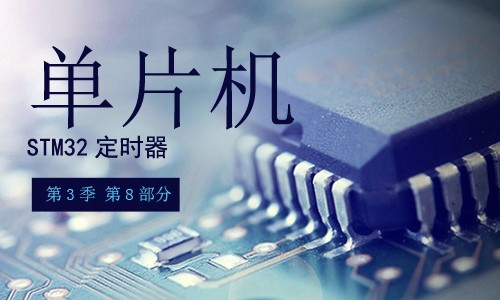
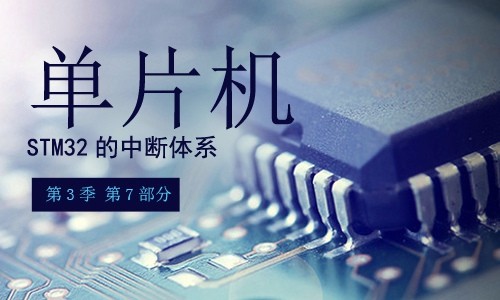

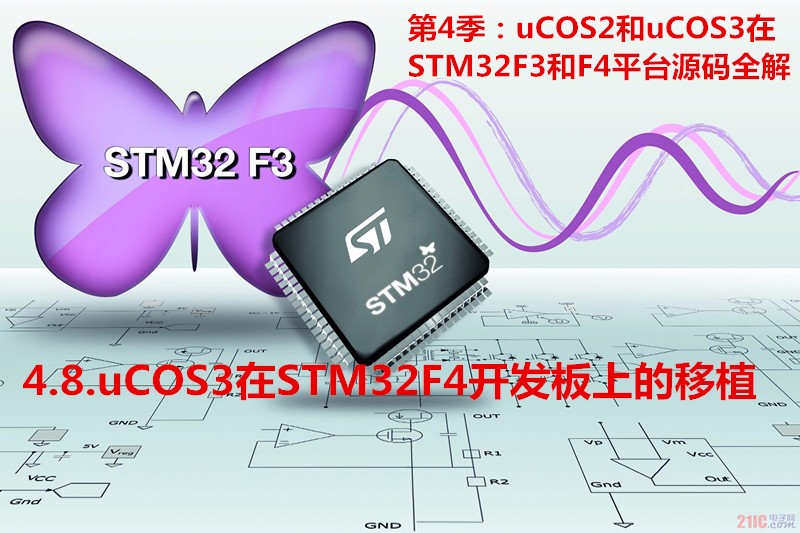
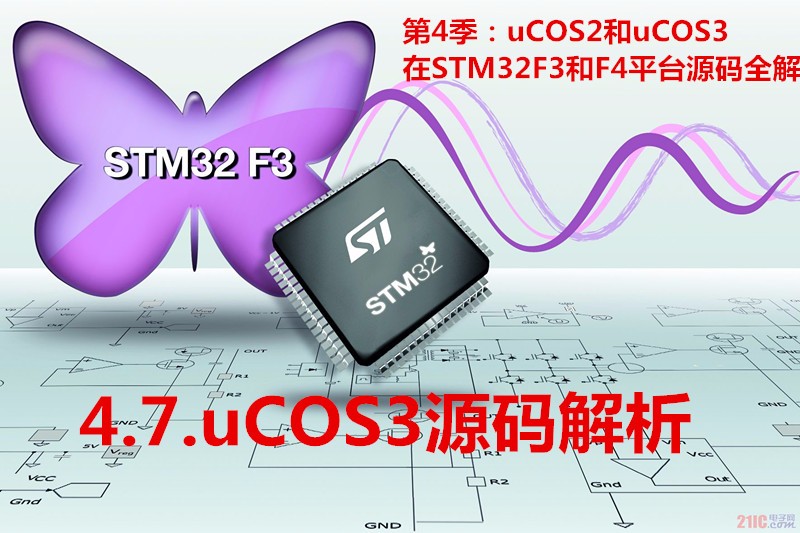
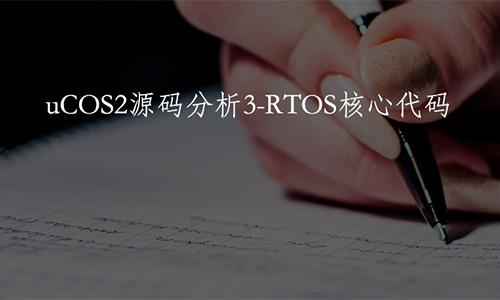



-
Course Introduction -
Course outline
-
This course can master many features and official standards of OSEKOS and AutoSarOS
one 3.1. Overview of AutoSarCP operating system learning This section explains the position and value of AutoSarOS as a whole, and explains the learning methods of this course. "Only for paying users" Click to download "Courseware - 2.6.3. AutoSarCP Operating System Details. txt" [29:22] Start learning two 3.2. Interpretation of OSEKOS standard documents 1 This section begins to follow the ISO17356-3 standard document to interpret the design details of OSEKOS. [28:52] Start learning three 3.3 Interpretation of OSEKOS standard documents 2 This section continues to interpret the OSEKOS standard, mainly the overall design principles. [26:59] Start learning four 3.4 Interpretation of OSEKOS standard documents 3 This section continues to interpret the OSEKOS standard, mainly the overall design principles. [25:07] Start learning five 3.5. Interpretation of OSEKOS standard documents 4 This section continues to interpret the OSEKOS standard, mainly the overall design principles. [22:40] Start learning six 3.6. Interpretation of OSEKOS standard documents 5 This section continues to interpret the OSEKOS standard, mainly the overall design principles. [29:40] Start learning seven 3.7. Interpretation of OSEKOS standard documents 6 This section continues to interpret the OSEKOS standard, mainly task activation and task priority [30:07] Start learning eight 3.8. Interpretation of OSEKOS standard documents 7 This section continues to interpret the OSEKOS standard, mainly the full preemptive scheduling strategy [29:22] Start learning nine 3.9. Interpretation of OSEKOS standard documents 8 This section continues to interpret the OSEKOS standard, mainly focusing on non preemptive scheduling and mixed scheduling strategies [24:07] Start learning ten 3.10. Interpretation of OSEKOS standard documents 9 This section continues to interpret the OSEKOS standard, mainly the application mode [25:02] Start learning eleven 3.11.Interpretation of OSEKOS standard documents10 This section continues to interpret the OSEKOS standard, mainly interrupt management [23:08] Start learning twelve 3.12.Interpretation of OSEKOS standard documents11 This section continues to interpret the OSEKOS standard, mainly the Event mechanism [22:23] Start learning thirteen 3.13.Interpretation of OSEKOS standard documents12 This section continues to interpret the OSEKOS standard, mainly the resource mechanism [20:08] Start learning fourteen 3.14. Interpretation of OSEKOS standard documents13 This section continues to interpret the OSEKOS standard, mainly including priority inversion and deadlock [21:13] Start learning fifteen 3.15.Interpretation of OSEKOS standard documents14 This section continues to interpret the OSEKOS standard, mainly the priority ceiling mechanism [22:44] Start learning sixteen 3.16.Interpretation of OSEKOS standard documents15 The priority ceiling mechanism and internal resources of interrupt levels [24:06] Start learning seventeen 3.17.Interpretation of OSEKOS standard documents16 This section continues to interpret the OSEKOS standard, mainly Counter and Alarm [23:21] Start learning eighteen 3.18.Interpretation of OSEKOS standard documents17 This section continues to interpret the OSEKOS standard, mainly Messages and hook routines [20:08] Start learning nineteen 3.19.Interpretation of OSEKOS standard documents18 This section continues to interpret the OSEKOS standard, mainly error handling [21:13] Start learning twenty 3.20. Interpretation of OSEKOS standard documents 19 This section continues to interpret the OSEKOS standard, mainly system objects [22:47] Start learning



